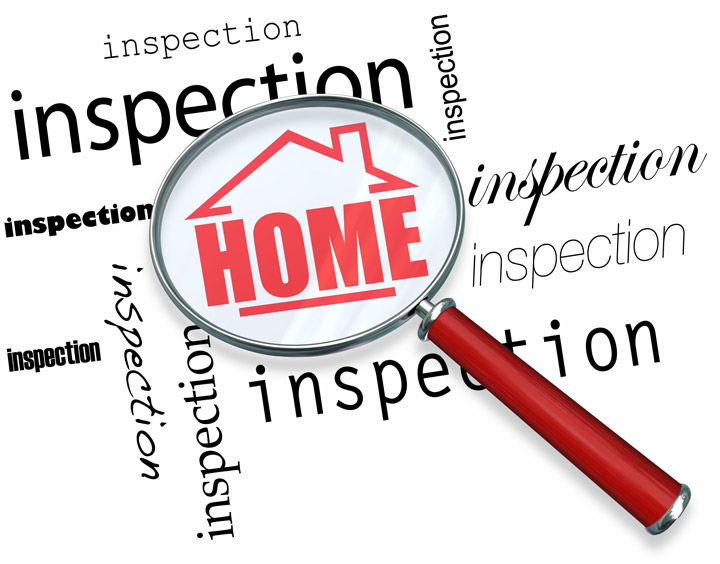
Decoding the Appraisal ProcessAcquiring real estate is the biggest financial decision most people will ever encounter. It doesn't matter if where you raise your family, a seasonal vacation property or one of many rentals, purchasing real property is a detailed transaction that requires multiple parties to make it all happen. It's likely you are familiar with the parties taking part in the transaction. The most familiar entity in the exchange is the real estate agent. Next, the mortgage company provides the financial capital necessary to bankroll the deal. And ensuring all areas of the transaction are completed and that a clear title transfers from the seller to the buyer is the title company. So, what party is responsible for making sure the value of the real estate is in line with the amount being paid? This is where the appraiser comes in. We provide an unbiased estimate of what a buyer could expect to pay — or a seller receive — for a property, where both buyer and seller are informed parties. A licensed, certified, professional appraiser from Illingworth Appraisal Services will ensure, you as an interested party, are informed. The inspection is where an appraisal beginsOur first task at Illingworth Appraisal Services is to inspect the property to determine its true status. We must see features hands on, such as the number of bedrooms and bathrooms, the location, and so on, to ensure they really are present and are in the shape a typical person would expect them to be. The inspection often includes a sketch of the floorplan, ensuring the square footage is accurate and conveying the layout of the property. Most importantly, we identify any obvious features - or defects - that would affect the value of the house. Once the site has been inspected, an appraiser uses two or three approaches to determining the value of real property: paired sales analysis and, in the case of a rental property, an income approach. 
Cost ApproachHere, we gather information on local building costs, the cost of labor and other elements to calculate how much it would cost to construct a property similar to the one being appraised. This value commonly sets the maximum on what a property would sell for. The cost approach is also the least used method. 
Sales ComparisonAppraisers are intimately familiar with the neighborhoods in which they appraise. They thoroughly understand the value of particular features to the people of that area. Then, the appraiser looks up recent sales in close proximity to the subject and finds properties which are 'comparable' to the property being appraised. Using knowledge of the value of certain items such as square footage, additional bathrooms, hardwood floors, fireplaces or view lots (just to name a few), we adjust the comparable properties so that they more accurately match the features of subject.
An opinion of what the subject could sell for can only be determined once all differences between the comps and the subject have been evaluated. When it comes to putting a value on features of homes in Wilmington and New Castle, Illingworth Appraisal Services can't be beat. The sales comparison approach to value is usually given the most importance when an appraisal is for a home sale. Valuation Using the Income ApproachIn the case of income producing properties - rental houses for example - we may use a third way of valuing a house. In this case, the amount of income the property yields is factored in with income produced by neighboring properties to give an indicator of the current value. Coming Up With The Final ValueCombining information from all approaches, the appraiser is then ready to stipulate an estimated market value for the subject property. The estimate of value at the bottom of the appraisal report is not always the final sales price even though it is likely the best indication of a property's valuePrices can always be driven up or down by extenuating circumstances like the motivation or urgency of a seller or 'bidding wars'. But the appraised value is often used as a guideline for lenders who don't want to loan a buyer more money than the property is actually worth. It all comes down to this, an appraiser from Illingworth Appraisal Services will help you attain the most fair and balanced property value, so you can make wise real estate decisions. |